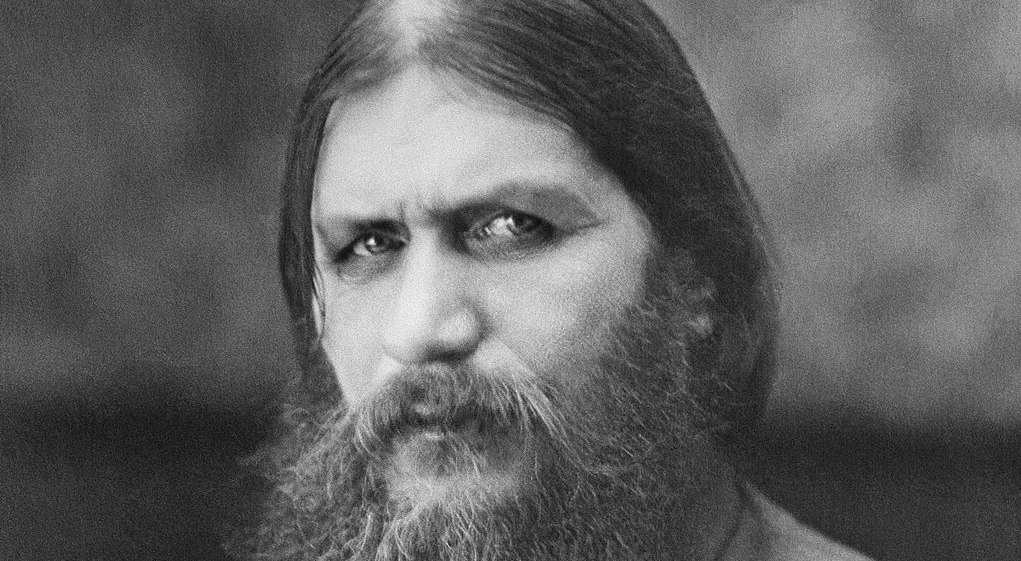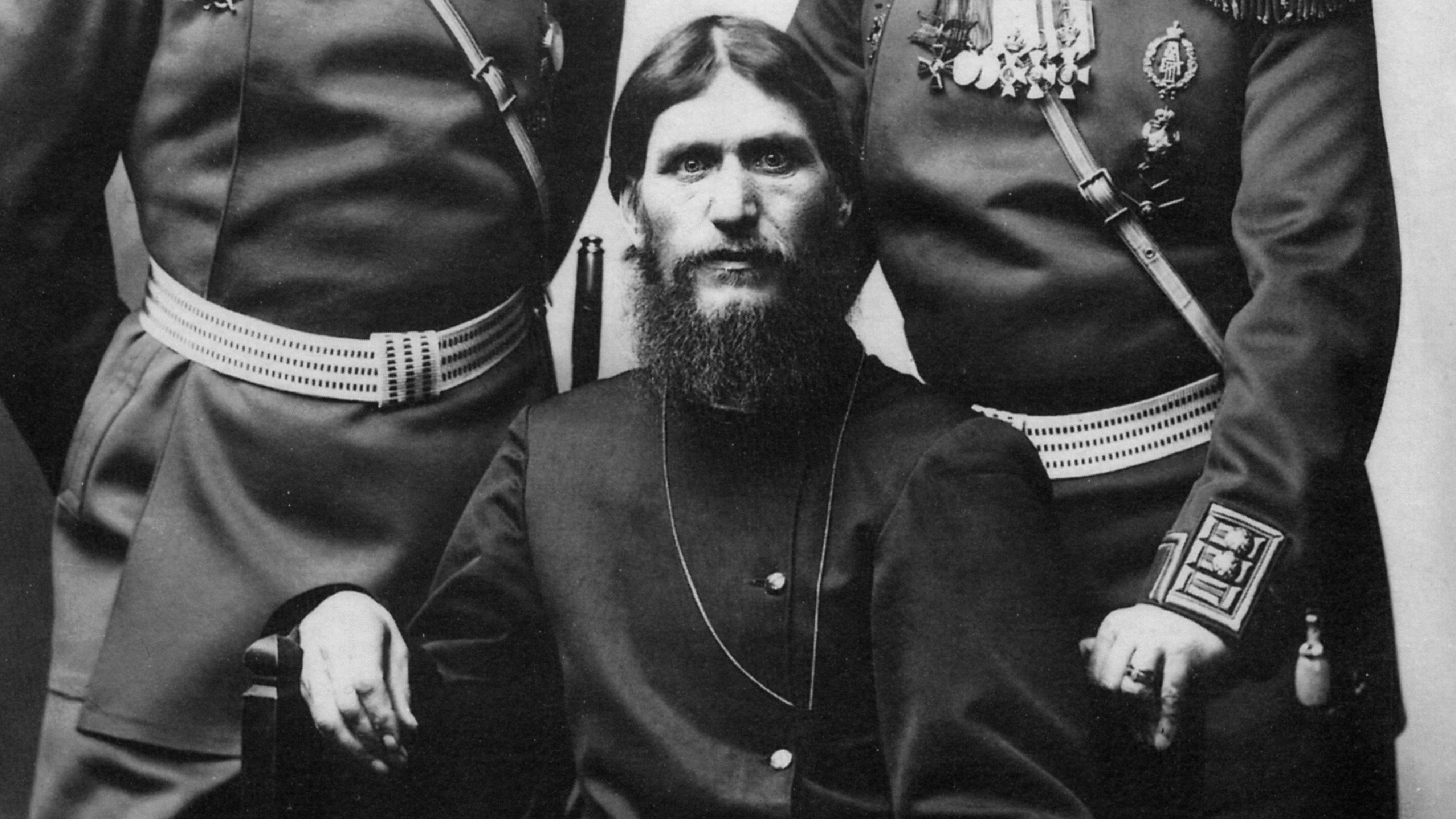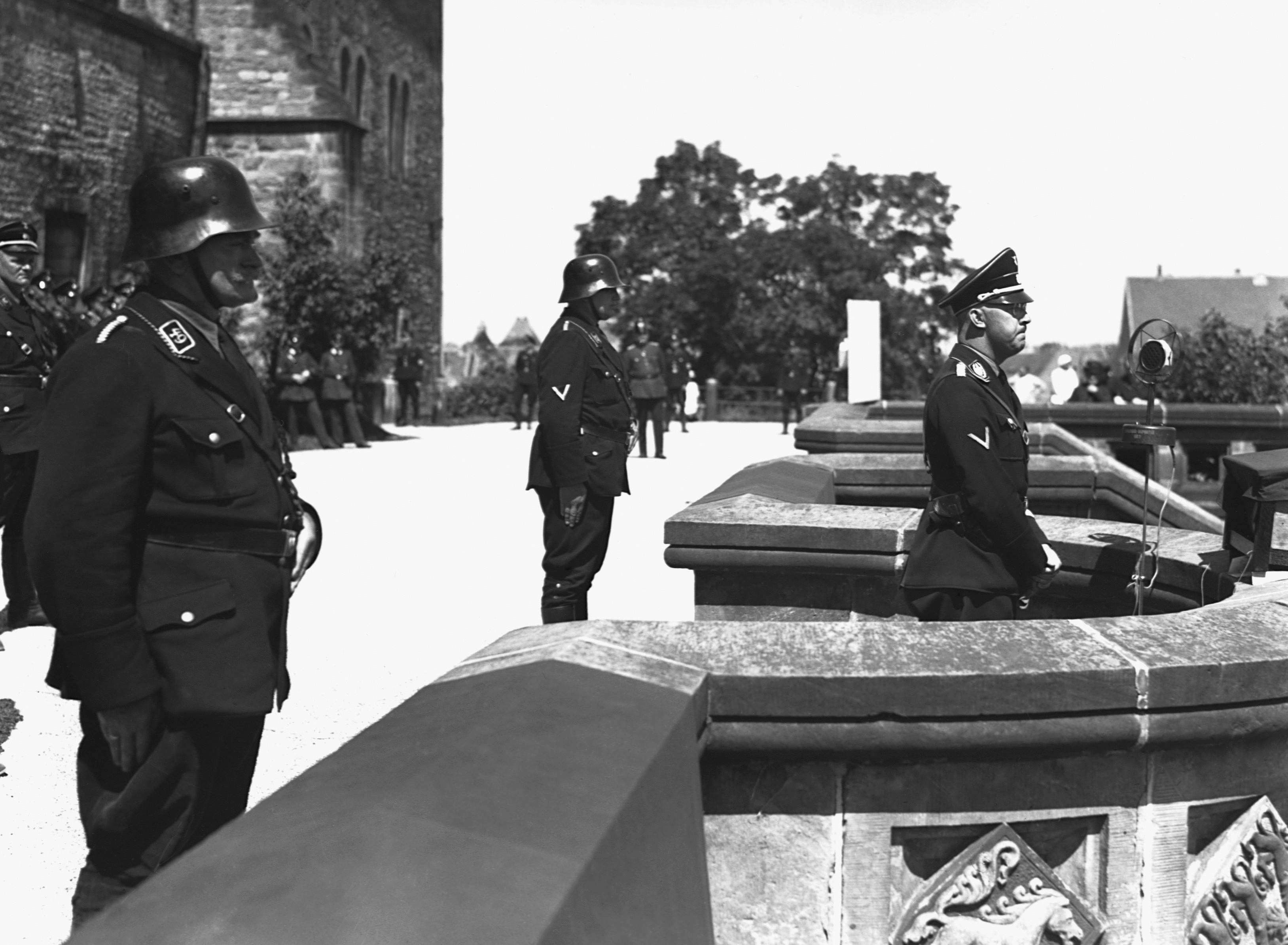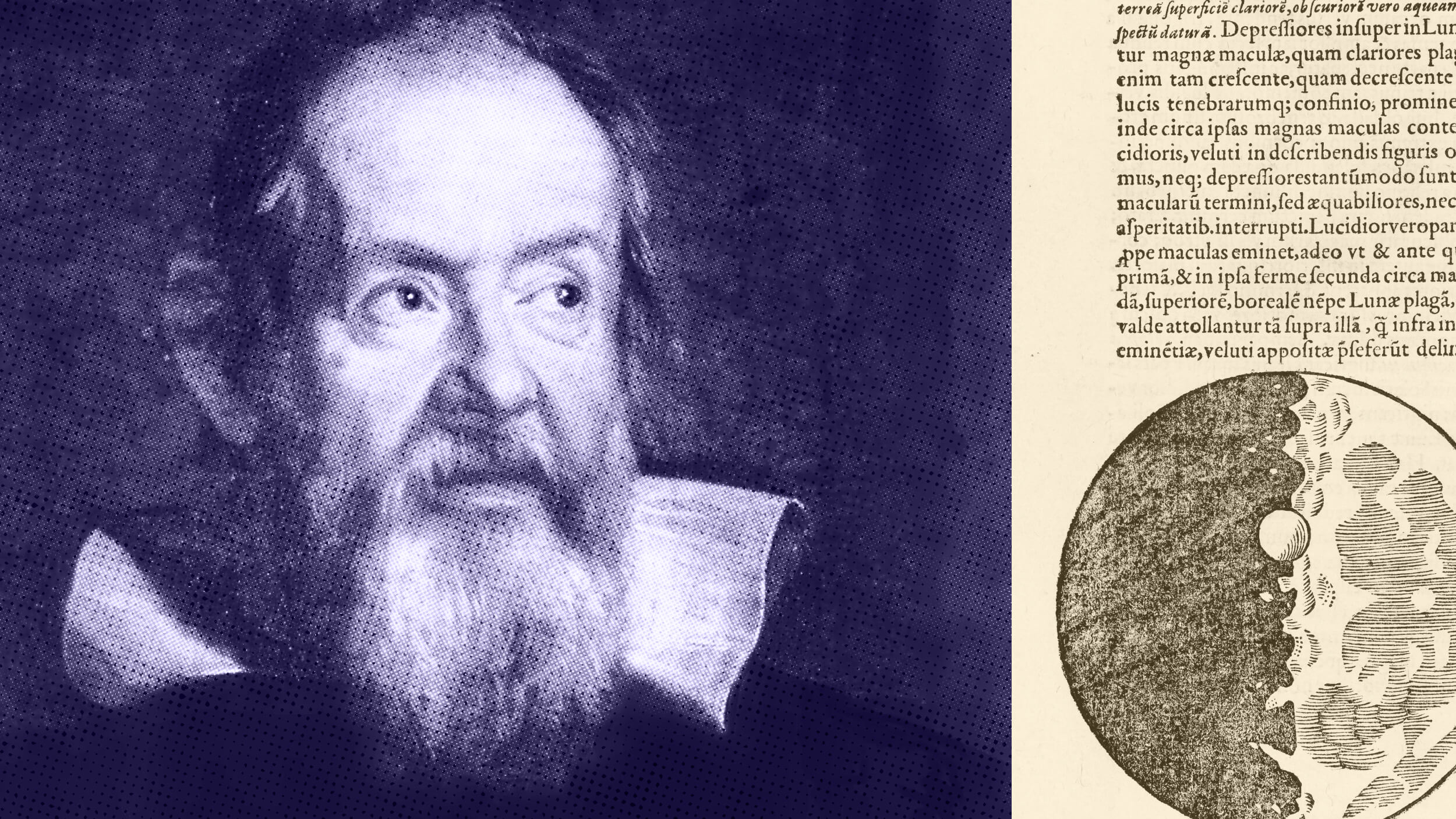Grigori Rasputin: mad monk or misunderstood mystic?

- Rasputin is remembered as a terrifying figure who brought down the Russian empire and miraculously survived multiple attempts on his life.
- Given that this image of Rasputin was constructed by his killer, one wonders whether the man behind the myth was truly as evil.
- According to his daughter, Rasputin was not a mad monk but a misunderstood mystic who simply fell victim to propaganda.
On a cold December night, Stanislaus de Lazovert picked up Grigori Rasputin in his car. They were going to a mutual friend: Felix Yusupov, an obscenely rich nobleman who had married the czar’s niece. Rasputin — always in the mood for a party — was both excited and completely unaware of the fact that he was going to be murdered.
Seated at a table in Yusupov’s exquisitely decorated library, Rasputin gorged himself on cakes and wine that his compatriots had laced with a deadly poison. To their surprise, every bottle only seemed to make the monk merrier and merrier. When, at long last, Rasputin got up and said he had to go home, they shot him in the back.
Rasputin let out a terrible scream and fell to the ground as blood rushed from his abdomen. Thinking they were done with what they had set out to do, the men briefly left the room, only to return moments later to find Rasputin — drenched in blood but still alive — crawling towards their car.
The men, now genuinely terrified, shot him again. Not once, but twice — just to be sure. They then wrapped his body in a cloth and put it in the trunk. Lazovert drove them to the frozen banks of the river Neva, where they cut a hole in the ice and dropped in the body, finally ridding the world of Rasputin.
The Green Hand
Little is known about Rasputin’s early life except the key details. He was born in 1869 in the small Siberian village of Pokrovskoye. He was uneducated as well as illiterate and committed a number of petty crimes growing up before settling down with a peasant girl and fathering no fewer than seven children.
For much of his early life, Rasputin seemed destined to suffer the same fate as every other Siberian peasant. That is, until age 28, when he began having visions of the Virgin Mary and decided to go on a religious pilgrimage, one that eventually led him to St. Petersburg and the royal family that lived there.
Along the way, he made a lot of enemies, including Lazovert. A former colonel in the czarist army, Lazovert boasted of Rasputin’s execution to The New York Times. He said they had killed a “monster” and implied they should be rewarded for firing the shot that “ended the career of the blackest devil in Russian history.”
While Rasputin’s loved ones often describe him as a saintlike figure, Lazovert saw only a demon in disguise. According to his killers, he was a “secret member of the Austrian Green Hand” who had manipulated the czar into entering World War I, which crippled the Russian economy and left many citizens to starve.
Worse still were his sexual exploits. Whenever Rasputin was not influencing the czar’s haphazard military decisions, he was either organizing sacrilegious orgies or attending lavish dinner parties, where he would use his demonic abilities to compel women of status to lick the gravy off his dirty fingers.
A spiritual healer
Lazovert’s perverse and menacing portrayal of Rasputin — not to mention the morbidly fascinating story of his death — more or less sum up how the man is remembered today. We know him as the “mad monk,” a cross between a serial killer and a Disney villain, a shadow whose misleading whispers helped bring down an empire.
But this version of Rasputin may be more deceptive than we think. History is, after all, written by the victors which, in this case, are the monk’s killers. This should not come as much of a surprise, as Russia has no shortage of historical figures whose legacies have been completely transformed as a result of propaganda.
A closer inspection of Rasputin’s life dispels much of the mystique that surrounds him. While it is true that Rasputin earned the trust of the royal family by improving the health of Nicholas II’s hemophilic and seemingly untreatable son and heir, he probably did not use any supernatural forces.
Instead, historians believe Rasputin’s ability to treat the crown prince was a sheer coincidence. As part of his religious healing rituals, the monk asked doctors to stop administering whatever they were giving the boy — which turned out to be aspirin, a blood-thinning drug that should never be given to hemophiliacs.
The memoirs of an exiled nobleman
When considering the reliability of a historical source, it is important to keep in mind the aspirations and prejudices of the author. Case-in-point: one of the quintessential sources for our collective memory of Rasputin was a memoir written by his primary killer: Felix Yusupov.
Like many other Russian nobles, the Yusupovs fled to Paris when the vindictive Bolsheviks took over. Having been forced to leave much of their wealth behind, the couple — once the richest in all of Russia — had to rely on their connections and fame in order to sustain the luxurious lifestyle they had known from birth.
To that end, historians suggest Yusupov may have added some extra drama concerning the mad monk to gain traction for his memoirs. “Slayers boast,” Time had written back in 1928, when readers of the prince’s story were asked to believe that Rasputin metabolized poisons that could kill a full-grown elephant.
The picture Yusupov painted of Rasputin was not just shaped by his financial interests; the relationship between the two men played an important role as well. According to historian Douglas Smith, author of Rasputin: Faith, Power and the Twilight of the Romanovs, Yusupov was jealous of Rasputin’s close relationship with the czarina.
Rasputin’s daughter
Over the next few decades, a new interpretation of Rasputin emerged — one heralded by his own daughter Maria, who felt her father had become the victim of a posthumous propaganda campaign. “My father had his defects, like everyone else,” she told Time. “But he was a good father and a good man. I carry his name with pride.”
The picture that she painted was one of a misunderstood staretz, or rural holy man — someone whose lack of table manners and unorthodox spiritual practices made him not only an attractive outsider but a problematic pariah in the eyes of nobles who accepted him in their midst.
When Yusupov’s memoir went to the printing press in 1928, Maria — also in Paris — tried to sue the prince for libel. While her father was charismatic and promiscuous, she stated he neither partook in orgies nor maintained a sexual relationship with the czarina, and he never met with a woman without first getting his own wife’s permission.
Maria demanded $800,000 in damages from the French court, which refused to settle the matter on grounds that the events in question had occurred in Russia, not France. This did not stop Maria, who moved to the U.S. to work as a machinist and lion tamer before setting out to write her own book.
The Rasputin we find in Maria’s recollections — which were published the year of her death — is an ordinary mystic who handed gingerbread to little children. Though her account may well be as unreliable as Yusupov’s, it reminds us that even history’s most Lovecraftian characters could well have been more human than we think.





